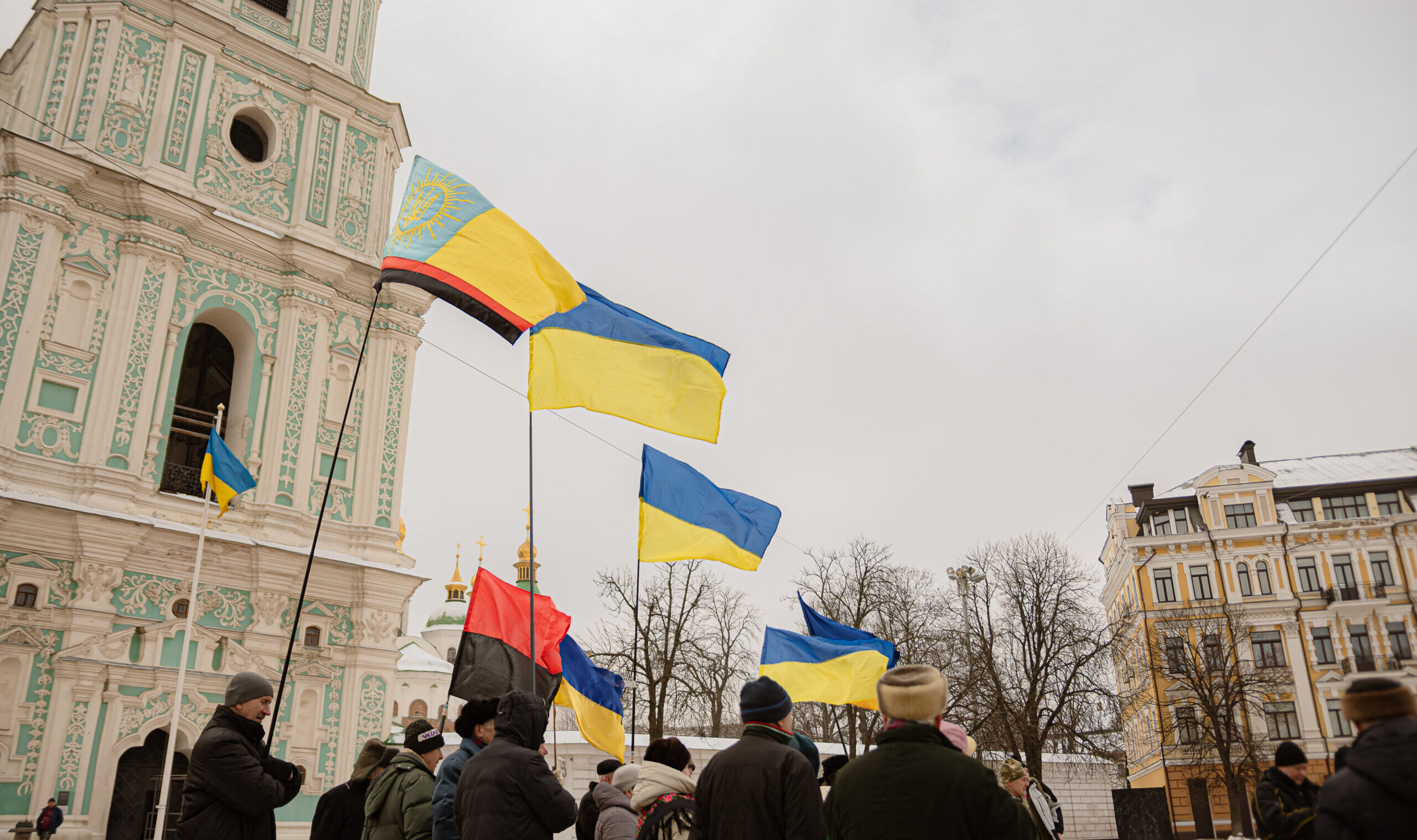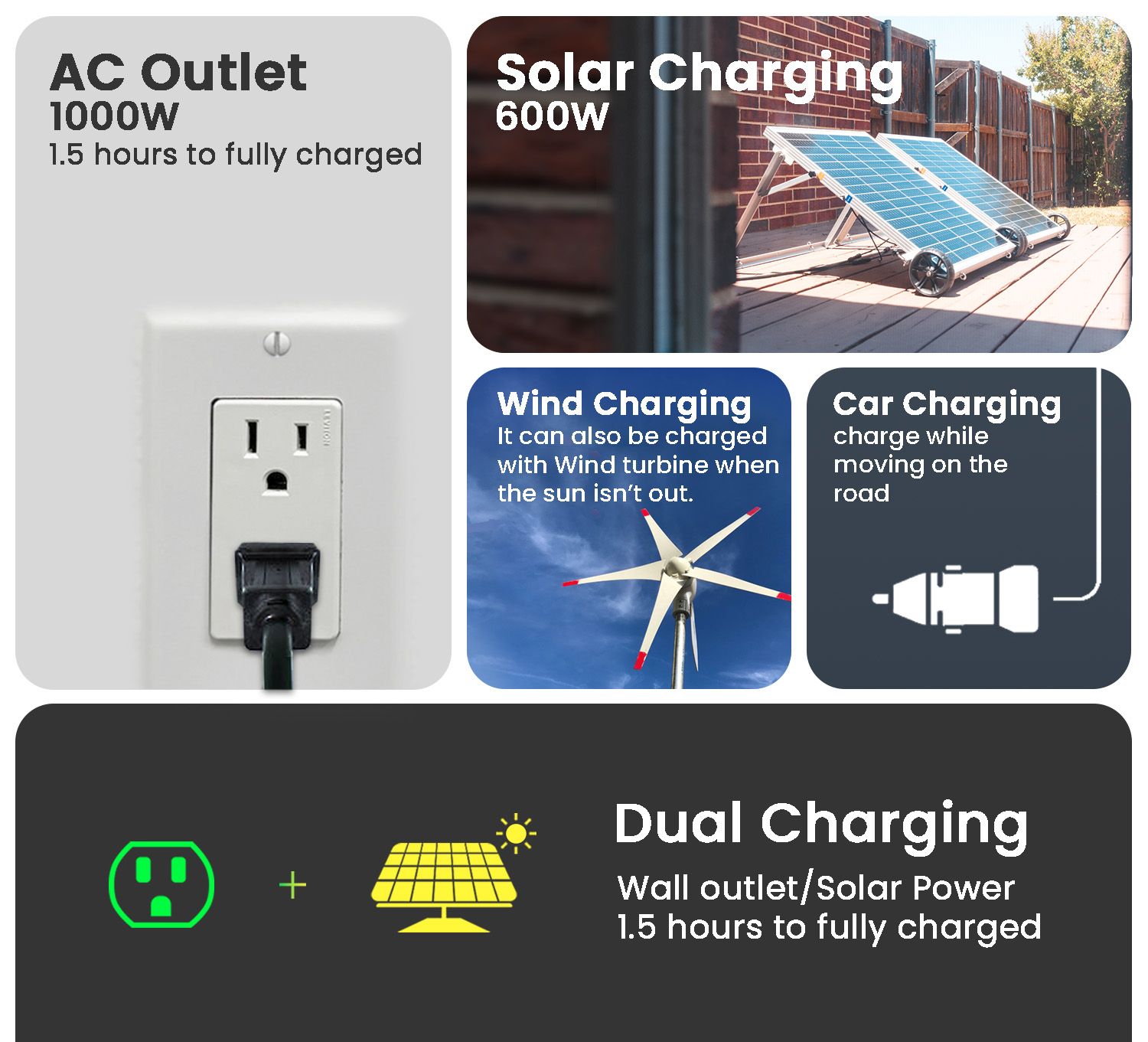Why Neutrality Is the Best Course for Ukraine
The war has shown the limits of Western security guarantees.

The war in Ukraine, which will enter its fourth year in late February, is commonly referred to as a war of attrition. This is true enough; comparing the battlefield maps today from those in early 2024, you might have some trouble finding any big differences between them. With the exception of the initial Russian invasion in February 2022 and Ukraine’s counteroffensive later that year, major territorial breakthroughs are few and far between; slow, exhausting, high-cost movement along the 620-mile frontline is the established norm.
Unfortunately for Kiev, wars of attrition favor the side with the most resources. Ukraine may be the biggest country in Europe, but it has fewer men than Russia to draft into the fight, an economy less than one-10th the size of Moscow’s, and partners in the West who are increasingly skeptical that the war can be won in the traditional sense of the word. Although Russia has lost an astounding number of troops—in November, the UK Defense Ministry assessed that 700,000 Russians have been killed or wounded—Moscow has thus far been able to recruit enough replacements to continue padding the rank-and-file. One can’t say the same thing about Ukraine, which is strained by a manpower shortage, has lost approximately 4,100 square kilometers of its territory in 2024, and at times makes bad decisions at the tactical level (like invading Kursk instead of adopting a defensive strategy and solidifying its lines in the Donbas).
Ukraine’s President Volodymyr Zelensky isn’t blind to the realities on the ground. There was a point in the not-so-distant past when he was adamant against offering any concessions to Russia whatsoever to end the war. Zelensky’s first peace plan, unveiled in November 2022, the peak of the Ukrainian army’s gains, was in essence a terms-of-surrender document to the Russians, who were at that time flailing. This is no longer the case. If anything, it’s the Ukrainians who are flailing today, and Zelensky knows it, even if he won’t express it. His tone has changed markedly over the last three months. The negotiations Zelensky spurned in late 2022 and 2023 are now being talked about by the Ukrainian president himself as the only way to end the war, even more so now that Donald Trump will re-enter the White House in two weeks.
The question, of course, is what those negotiations look like, whether Trump even has the ability to bring Zelensky and Putin to the table, and what a final settlement to the war would consist of. Nobody can answer these questions with any degree of confidence or specificity right now. But the fact that diplomacy is no longer being typecast as appeasement by serious people—if anything, it’s now being mainstreamed in the overall discussion—suggests minds are getting more sober about what’s possible. Even the Europeans, usually content with sitting on the couch and waiting for Washington to give them orders, are taking some initiative. In mid-December, European leaders met in Brussels to brainstorm about possibly deploying European peacekeepers to Ukraine in the event of a ceasefire deal.
That’s the good news. The bad news: Some of the ideas that have the best shot at achieving a comprehensive peace or at least stopping the war remain controversial in Western capitals and among much of the foreign policy intelligentsia. I’m talking, of course, about the notion of neutrality for Ukraine, a formulation that would in essence require Kiev to stop pursuing NATO membership or mutual defense agreements with Washington and Europe.
To many, this is still a bridge too far. As one Ukrainian military analyst wrote for the Atlantic Council think-tank in November, “Acquiescing to Putin’s demands for a neutral Ukraine may provide some short-term relief from the menace of an expansionist Russia, but this would ultimately lead to more war and the likely collapse of the current global security order.” Others, like the American Enterprise Institute’s Fred Kagan, have asserted that neutrality would be tantamount to endorsing “truncated sovereignty” for Ukraine, exactly what Putin wants.
All of these claims, however, are disingenuous. For starters, just because a country is neutral doesn’t mean it wouldn’t be able to promote economic ties with other states, build a formidable military to ward off aggression from a foreign state, expand upon diplomatic agreements or even sign defense cooperation arrangements with the West. All it means in principle is that Ukraine wouldn’t be permitted to join a military bloc like NATO, which for all practical purposes isn’t going to occur anyway given resistance to such a prospect within the Alliance itself. In short, Ukraine ceding the point on NATO membership or another arrangement with similar security commitments is merely a confirmation of reality.
Neutrality within the context of the war in Ukraine often has a negative connotation. But this is a misreading of the situation. Neutrality is not only the best and least risky option for the United States and Europe, but a great boon to Ukraine as well.
First, alliances are fickle. While it’s true that some alliances can last a long time, they aren’t permanent—nor are they meant to be, as America’s founder, George Washington, astutely advised during his 1796 farewell address to the nation. There have been many cases in history when evolving regional or geopolitical circumstances, or a change in regime, have dissolved alliances or made them irrelevant. And if alliances withstand the pressure, there is always doubt that an ally will in fact fulfill their obligations when the going gets tough. China and North Korea technically have a long-standing alliance with each other, but despite that document, it’s highly unlikely China’s President Xi Jinping would order the People’s Liberation Army to defend North Korean leader Kim Jong-un if he were to pick a fight with the United States. The best security a nation can buy is investing in its own potential and improving its own military capacity, not outsourcing security policy to a foreign power.
Ukraine faces a similar predicament. Even if Kiev did receive a security guarantee from NATO or an ad-hoc coalition in the West, could it really count on its allies to intervene in the event further Russian aggression? The U.S. foreign policy establishment likes to assume so. Yet, judging by the last three years, such confidence doesn’t have a whole lot of evidence behind it. The United States, Germany, France, the United Kingdom and other NATO members have armed Ukraine to the teeth, but arming a country at a distance to resist Russia is not the same thing as deploying your own troops and going to war on Ukraine’s behalf. NATO has demonstrated time and again that while it’s willing to do the former it’s not going to do the latter. The risk and cost are simply too high. Putin isn’t stupid; he can see this for himself. This raises another question: Given the record, would he even view Western security guarantees as credible?
A neutral Ukraine is still a win for Ukraine, not a loss. By its very definition, it means Ukraine wouldn’t be under Moscow’s thumb. Sure, it won’t be under the West’s thumb either. But the West shouldn’t be taking on security commitments it’s unwilling to keep anyway.
The post Why Neutrality Is the Best Course for Ukraine appeared first on The American Conservative.



